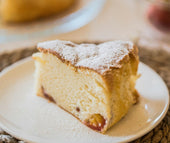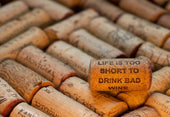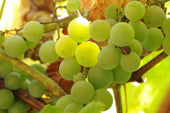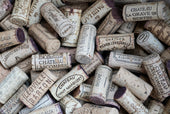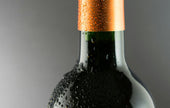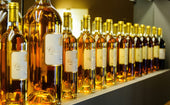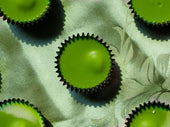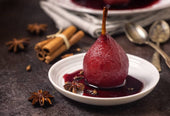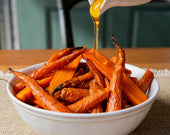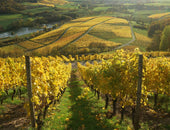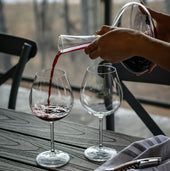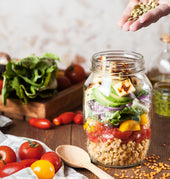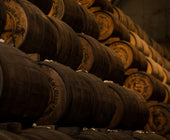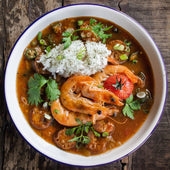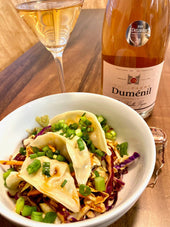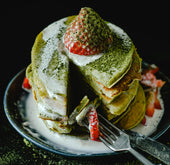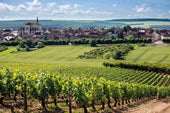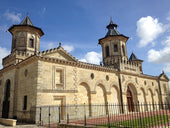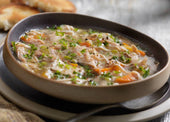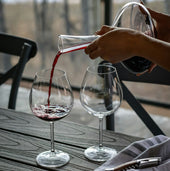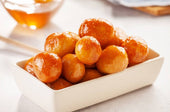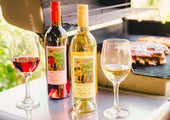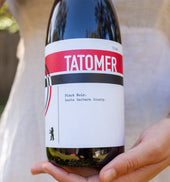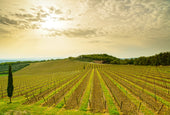
Classic California Chardonnay
Chardonnay from California has definitely gained a specific style for the pass few decades. However one winery continues to consistently make great Chardonnay without adapting to the mass commercial style that dominates store shelves.
Mount Eden Vineyards is considered one of California’s original boutique wineries that was founded in 1945. Focusing on small lots of Pinot Noir, Chardonnay and Cabernet Sauvignon, the winery is perched at 2000 feet overlooking Silicon Valley in the Santa Cruz Mountain Appellation. Planted in infertile Franciscan shale, exposed on the mountain top, these low –yielding estate vineyards have produced world class wines for over half-century.
The area was originally planted by a Frenchmen from Burgundy named Paul Masson. In the early 1900, Masson purchased 573 acres in Saratoga, California which he planted mostly to Pinot Noir and Chardonnay with cuttings from Burgundy. After several hard years through Prohibition, Martin Ray had took an interest to purchasing the property from Masson but was encouraged to buy the property next door, which is now the site of Mount Eden Vineyards. Ray had planted with Masson’s cuttings and renamed his winery Martin Ray. Through some turbulent years in the 50s and 60s, Ray was forced to sell his property to investors in the 1970s. The then owners had hired the now-iconic Merry Edwards (produced wines from 1974-1976) helped to establish the now Mount Eden Vineyards. Martin Ray here should not be confused with Martin Ray Winery in Russian River Valley which pays tribute to Martin Ray, the pioneer of California wine.
Then in the 1980s Jeffrey Patterson was hired as assistant winemaker at the same time Chez Panisse and Kermit Lynch was getting their start and revitalizing the food and wine culture of America. Patterson ended up acquiring the winery from the investors to become majority shareholders and to operate the vineyards as a family run estate.
Mount Eden’s philosophy is to make wines that express the purity of the vineyard. The wines are made in the vineyard sort of speak, as the winemaker and winegrower work the land to achieve a wine that is of high quality. It is in the vineyards they feel the greatest amount of creativity goes in the work. All of Mount Eden’s wines are made with gentle handling of the fruit, no pumping over and using natural yeast.
The 2017 Mount Eden Edna Valley Chardonnay comes from Wolff vineyards just outside of San Luis Obispo. Originally planted in 1976 by Edna Valley wine pioneer Andy Macgregor, the vineyard is the oldest in the area. Since 1985, Mount Eden has been making Chardonnay from these mature vines which typically yields 2 to 4 tons per acre.
This is Mount Eden’s 33st year making Chardonnay from Edna Valley. The cool summers and slow-ripening here allow the fruit to develop nuance and complexity.
The winemaking process is the same with the Mount Eden Estate Chardonnay. After harvest, all of the fruit is trucked to the winery in Santa Cruz Mountains and gently pressed without crushing. Barrel-fermented and aged on the lees for ten months (Used French & American Oak). The nose is full of earthy complexity which compliments the overall notes of white flowers and guava. It is rich and subtle on the palate with flavors of lemon and toasty oak.
The thing that sets Mount Eden apart from most Chardonnay producers, outside of Burgundy, is its age-ability. It is the singular aspect that separates good from great. The best wines in the world share this one attribute: longevity. Good acidity also creates a wine that is slow to show its qualities which is why the wines are released later than usual.
Accolaides
93 Points Wine Enthusiast
"Pleasantly briny hints of sea spray and beach dew meet with golden nuts and dried lemon peels in the intensely complex nose of this bottling. The texture is compelling, leading into full flavors of lemon balm, salted macadamia nuts, orange rind and creamy guava peel.
Go to Mount Eden Chardonnay.





